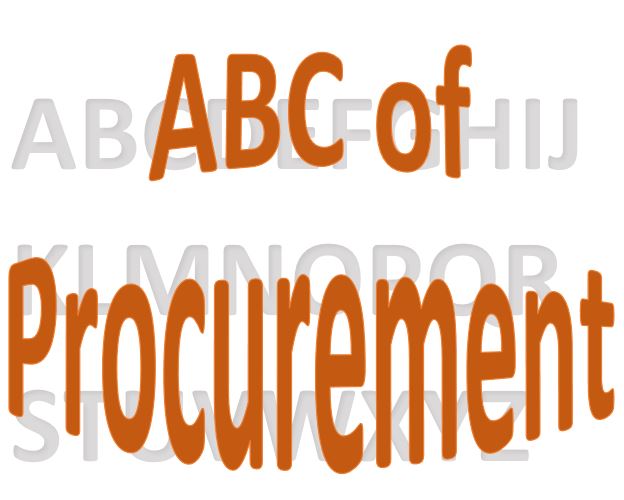I was once interviewed for a position I considered my dream job. And I didn’t reach the second round of interviews, even though I personally knew the main stakeholder. So, I went back later and asked him what was the reason. His response?
“You are too operational for this, strategic, role. You need to start thinking in a different way”
My thinking is still very operational. So, I reached out to a couple of WhatsApp groups full of very smart Procurement professionals. Of which several hold CPO positions for quite some time.
And I asked them:
“I am trying to write an article on the transition from Procurement Manager (operational) to CPO (strategic) role. Therefore, I would like to ask you: What is the one thing that you had to stop doing, and the one thing you had to start doing once moved into this new position?”
What follows are their answers, in no particular order. Let me, first of all, just dump them all
Things you have to stop doing
- Leave the day-to-day operations to your subordinates
- Short-term thinking
- Micromanaging
- Following up on tasks
- Looking at individual performance
- Believing you know everything
Things you have to start doing
- Trust your team
- Delegate
- Listen more
- Giving constructive feedback
- Walk the talk when required
- KPI management
- Focus on department targets
- Have robust controls in place using dashboards
- Track milestones
- Focus on impact
- Engage more with internal stakeholders
- Understand the company SWOT and align procurement to it
- Create a digital roadmap
- Identify procurement value outside of savings (risk reduction, margin improvement through innovation)
- Increase spend agility. If you don’t know what is this, here is a good article:
Hire a Chief Procurement Officer – You Can’t Afford Not To – CFO
I have noticed that the change is around three points: people, management using data and strategy
People
Now is the time to move from managing people to managing teams. You are no longer the person that looks into individuals, their daily tasks and performance. Now you focus on team performance, on how they perform as a group.
To do this, you have to develop strong mid-management. As the saying goes:
“A level managers hire A level employees, as they want their team to be the best. Whereas B level managers hire B and C level employees, to eliminate a potential threat to their position”
Here is a great article about A, B and C managers, if you would like to know more
Companies gain greater success with more ‘A’ level employees
Next is your behaviour as a senior manager. At this level, junior team members look up to you. Thus, leading by example becomes the highest priority. You can’t afford any stupid comments. Also, stakeholders look at you differently. Now you have more power and can make some high-level decisions on your own.
Use this power wisely.
Management using data
Here as well it is time to step up. We need to create dashboards and harness the data we have. Our goal is to have a “birds’ eye” view. You are no longer driving a bicycle, where you can look around and figure out where you are and where you are going. You are now a pilot of a plane and have to rely on your instruments only.
Hence, our colleagues recommend we immediately start working on KPIs and goals. Next would be to create dashboards. And then to manage towards our goals using the dashboard. And this requires learning new technologies.
Time to learn how to fly.
Strategy
As a Procurement Manager, your strategy usually does not go much beyond a year. Annual KPIs, a couple of projects that span over 12-18 months. In a CPO position, the 5-year plan becomes your reference. You are the one to own it and translate it into short term goals. The strategy needs to be aligned with the company goals. Also, it needs to be aligned with the major stakeholders, to get their support when needed. Your focus is no longer mainly on savings. Now you have to explore innovations, sustainability, the overall impact on the bottom line.
You are the one setting the final destination on the GPS. Let the GPS (your team) decide where to go left, and where right. Unless they are heading into a wall…
Have to admit, the person from the beginning of this article was right. I was not thinking about procurement in this way. But now I know.
And what is the first thing you will do tomorrow on your journey to the CPO throne?

